The Art of Field Recording
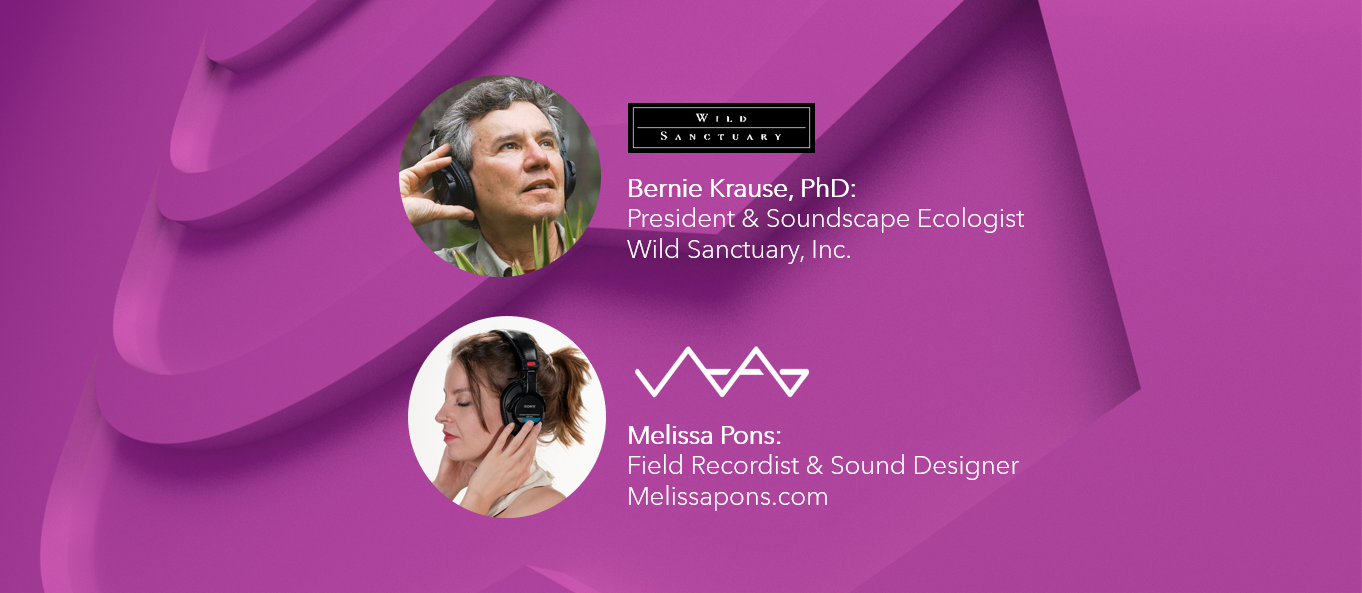

THE ART OF FIELD RECORDING
With Bernie Krause, PhD, President & Soundscape Ecologist - Wild Sanctuary and Melisssa Pons, Field Recordist & Sound Designer - Melissapons.com
Imagine you’re in a tropical forest. What do you hear first? The cawing of birds? The buzzing bed of crickets, or perhaps the soothing patter of rain? Whatever you hear—there’s space to hear it all. The sounds coexist, and as our previous guest Matthew Bennet explained, the forest is a soundscape which “supports attention and focus… as multiple streams can be heard all very clearly… in a richly textured, densely layered audio environment”.
Our two guests are no strangers to environments like these — they’re field recordists. Strapping on headphones, with microphones and recorders in hand, they’re most comfortable in what we’d definitely call ‘the wild’.
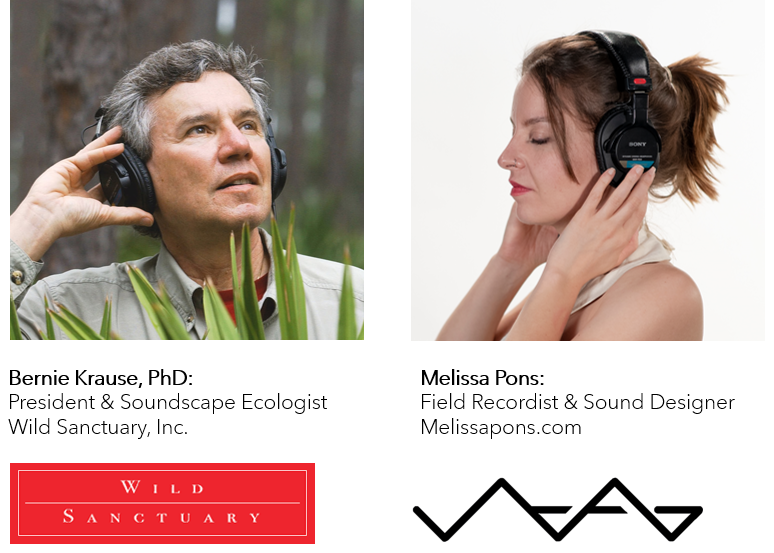
Bernie Krause, often referred to as the godfather of field recording, is a seven-time author with north of 50 years experience. He posited the ‘acoustic niche hypothesis’ that all organisms establish a frequency and bandwidth to ‘vocalise’ themselves in their habitat. That explains why those animalistic elements in the rainforest never seem to clash, but all have their own established space. He’s recorded 5,000 hours and a huge 15,0000 species. First working as a studio musician, Bernie even introduced the MOOG synthesiser to film soundtracks and popular artists like Peter Gabriel, Van Morrison, Brian Eno and David Byrne (to name but a few…)
We’re also hearing from Melissa Pons, a fellow field recordist whose work is, in her own words ‘slow’. She acclimatises to the cultural context of the situation and environment in which she finds herself. She came from a background of commercial sound design, but has chosen to focus on ‘more meaningful’ projects—allowing a portion of her profits to be ploughed back into the people and places she’s introduced to—via her recordings. These have included recording in tropical forests in Brazil, and also living with and recording packs of wolves.
They share in common the reason why they record sound—it makes them feel good. Bernie says it soothes his otherwise “terrible case of ADHD” in a way no medication can. “The feeling of the air on my skin, listening to those sounds, makes all the difference in the world. It’s healing, and that’s why I do it.”
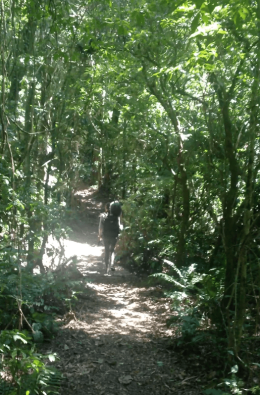
For Melissa it’s her chasing the ‘new’. Not that this means constantly globetrotting. Instead that even being in the same place, is never the same twice. “There’s novelty in it. It’s a very free way to get to know something… to learn in situ, and I’m in charge of it.” Recording somewhere on a Tuesday is entirely different after being in the same spot just on Monday. You could compare it to listening to a live jazz improvisation, as opposed to streaming a song or playing back a CD.
In terms of playing back the sounds he records—Bernie struggled for many years to find success. He laments the fact that American museums and galleries were slow on the uptake to exhibit based on sound, likening it to film projects where sound is “last on the list when all the other dollars have been spent."
A significant change came when Bernie worked with The Cartier Foundation for Contemporary Art. They learned of his work and also the work of Bruce Albert, a French anthropologist, who lived amongst the Yanomami tribe in Brazil. These fascinating stories are detailed in Bernie’s book ‘The Great Animal Orchestra: Finding the Origins of Music in the World's Wild Places’.
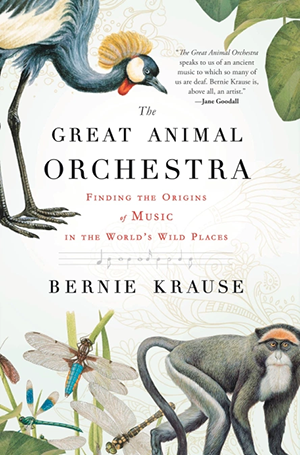
Cartier met with Bernie in America to collaborate. “I already had recordings of 15 or 16 habitats I could use for this exhibit”. And, he says, by demonstrating “extraordinary imagination, and a willingness to try new things, they put quite a bit of money behind this piece”.
By now, Bernie was used to exhibiting rather more understated small spaces, and so had first imagined a space to fit just a dozen people. He was surprised, and actually overruled, by Cartier, who insisted on having a far larger, more dramatic double-height space. This was virtually unheard of for a sound-based exhibit, a practically cavernous size by comparison to his original idea.
Seven 12-minute natural soundscapes were accompanied by a spectrogram (a graphic illustration of sound in real time) “to give the image of sound”. The show has toured South Korea, Shanghai, Milan, London, Paris, with an estimated million people having seen it across those locations. It’s now finally coming to the US in November 2021. There are no pictures of animals, which Bernie felt would be distracting, favouring instead descriptions and that purist demonstration of the spectral wave, of the sound itself.
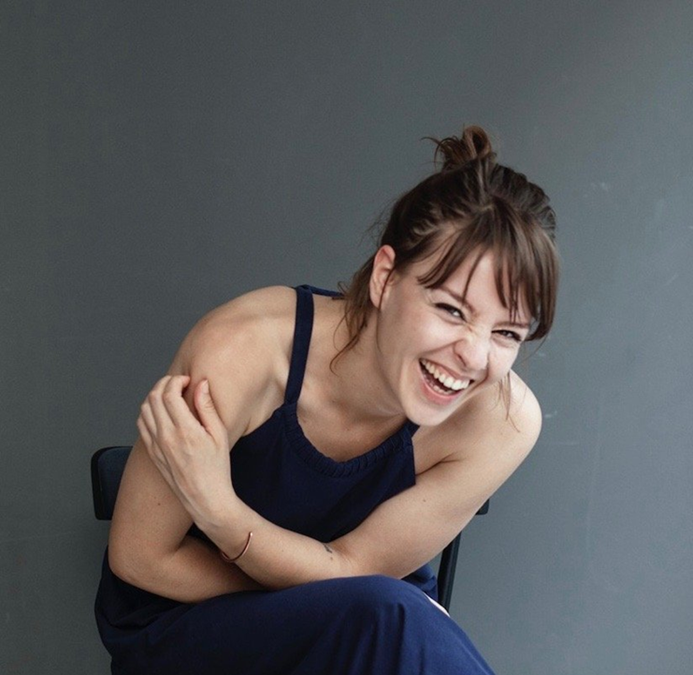
Melissa does work with imagery, but has managed to place sound centre stage somewhere it’s not usually expected—on Instagram. “It’s the way to reach 99% of people. Less than a minute, it’s a cute way to show some work and engage people—like a little gallery with sounds”.
Cheryl Tipp, the British Library's Curator of Wildlife & Environmental Sounds, and previous guest on Ep. 16 The Quiet Mark Podcast, has explained how accompanying photographs or taxidermy of extinct animals with sound has drastically increased the emotional effect on people—often moving them to tears.
Bernie retells a similarly moving story he heard from a colleague, featured in his TED talk. On seeing game wardens needlessly blow up a beaver dam, disrupting an entire eco-system and killing mother and offspring, the sound recordist saw a male beaver return to the spot. “He captured the beaver swimming round and round in circles… calling out for his lost mate, inconsolably.”
Realising his verbiage, Bernie takes aim at those who might criticise him for using anthropomorphic language, applying human attributes to animals. In response “to those I say— OK, yeah — my ‘morph’ is definitely ‘anthropophic’!… I’m no different to any other animal on this planet, and this is my family!”
After all, we humans are far more dangerous than even some of the most feared animals. Melissa tells a time she discovered this, ignoring signs reading ‘keep out—wild boars’. Petrified, she remembers “one got really close, but the boar got so scared that it ran away. That then changed my relationship [with the environment] over the coming days— I was so scared!”
Bernie who has been at this game longer has not one but three such tales. “I was thrown by a gorilla five metres into a patch of stingers, equipment and all!” That, he supposes, will teach him to stray between two males courting a female. He later managed to nest down with them nonetheless.
While recording in the Amazon, his party noticed the smell of a jaguar (or more accurately, they smelled that a jaguar had noticed them) which was scent-marking them. Splitting off as a pack, and as he later sat down to record, he heard and saw the animal approach the microphone. “It began to vocalise. I heard it in my headphones, and my first thought was ‘this has got to be the most extraordinary moment of my life’.” His survival instinct came in second.
In Sequoia National Park in California Bernie also has what has to be “the only stereo recording of a black bear… taken from the inside of its mouth.” The curious bear picked up the microphone which was attached on a cable to equipment. It’s at this point he mentions, the cable was only 10 metres long. This man either has nerves of steel, or perhaps has simply managed to become an unthreatening part of his surroundings.
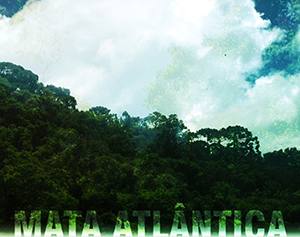
Yet, just as with the tale of the beaver dam, man is so often not seen like this. Melissa has first-hand experience of the fear imposed by our fellow man. At one recording one morning, she picked up the sound of suspected poachers, straying into a restricted area at 2am, all while she and her team slept. She remembers feeling shivers down her spine as she ‘saw’ the sound-spectrum show that “they approached, stood in front of the equipment, and then turned away”.
Never mind bears, gorillas, and all the other so-called deadliest creatures… “animals aren’t going to attack you just because—only we (humans) do that.”
That being said, they both encourage us all to go out into nature. To bathe in the sounds. Try to be a more ‘natural’ part of whatever soundscape you’re in—and let’s take something from Bernie and Melissa’s rather reverent attitude to the world’s sounds. Let’s enjoy every natural space we can, while we still have them left.
You can listen to Bernie’s recordings here: https://wildstore.wildsanctuary.com/collections/soundscape-albums
And Melissa’s here:
https://melissapons.com/
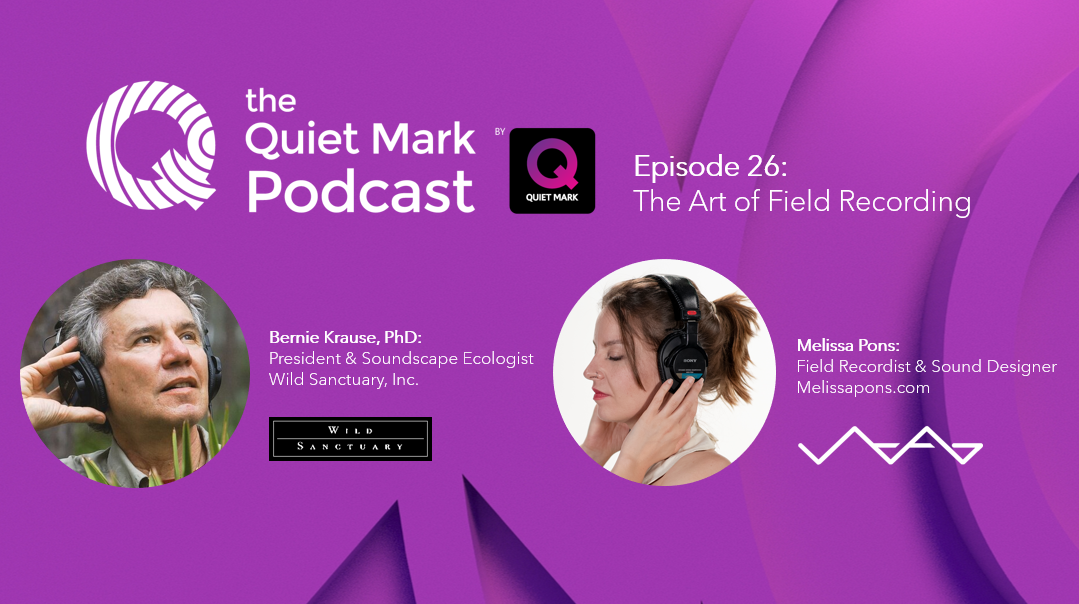
Listen to Bernie & Melissa discuss more about ‘The Art of Field Recording’ on The Quiet Mark Podcast
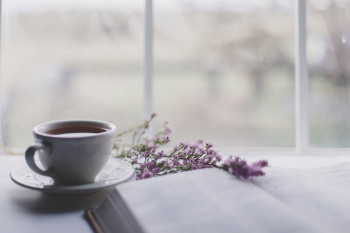
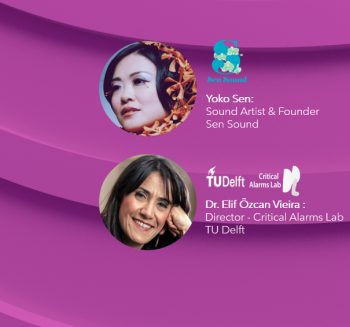
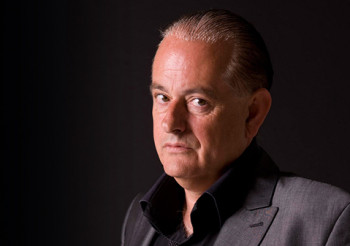
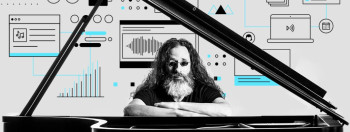
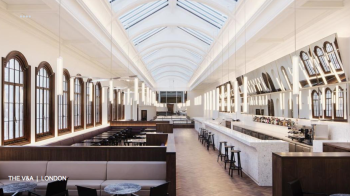




 Quiet Mark Founder
Quiet Mark Founder